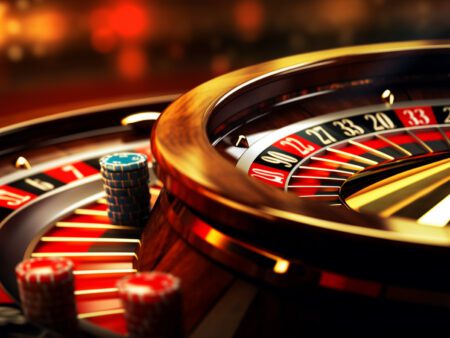Learn the art of bluffing in poker and become a master at the poker table. Discover tips and techniques to bluff successfully and intimidate your opponents.
The Art of Bluffing in Poker: Tips and Techniques
Are you ready to take your poker game to the next level? Learn the art of bluffing and become a master at the poker table. Bluffing is a strategic technique that can intimidate opponents and lead to big wins.
The Basics of Bluffing
In poker, a bluff is when a player makes a bet or a raise with a weak hand in order to deceive opponents into thinking they have a strong hand. The goal of bluffing is to make opponents fold their better hands, allowing the bluffer to win the pot without having to show their cards.
Bluffing requires careful consideration of the following factors:
- Table Image: Your table image is how other players perceive you. If you have been playing conservatively and only showing strong hands, your bluff will be more believable.
- Position: Bluffing is more effective when you are the last to act, as you have more information about the strength of your opponents’ hands.
- Betting History: If you have a history of playing aggressively and betting big, your opponents are more likely to believe your bluff.
Types of Bluffs
There are several types of bluffs that you can incorporate into your poker strategy:
- Semi-Bluff: A semi-bluff is when you have a drawing hand that has the potential to become strong. By betting or raising, you are not only trying to win the pot immediately, but also building a bigger pot for when you hit your draw.
- Pure Bluff: A pure bluff is when you have no chance of winning the hand if your opponents call your bet. This type of bluff is often used as a last resort when you have a weak hand.
- Steal Bluff: A steal bluff is when you try to win the pot by betting or raising when no one else has shown strength. This can be effective in late position when everyone else has folded or has weak hands.
Bluffing Techniques
Now that you understand the basics and types of bluffs, here are some tips and techniques to help you bluff successfully:
- Choose Your Spots: Bluffing too often or at the wrong times can be costly. Choose your spots wisely and bluff when the conditions are favorable.
- Pay Attention: Watch your opponents’ actions and betting patterns. If someone is showing signs of weakness or uncertainty, it may be a good time to bluff.
- Size Your Bets appropriately: Your bet size should reflect the strength of your bluff. A small bet may not be enough to scare opponents away, while a large bet may seem suspicious.
- Keep a Poker Face: It’s crucial to maintain a neutral expression and body language, regardless of whether you have a strong hand or not. Any hints of nervousness or excitement can give away your bluff.
- Be Prepared to Fold: Bluffing is a high-risk strategy, and there will be times when your bluff gets called. Be prepared to fold if your bluff is not successful.
- Practice, Practice, Practice: Bluffing is an art that requires practice. Play in low-stakes games or practice with friends to refine your bluffing skills.
Conclusion
Bluffing is an essential skill in poker that can take your game to the next level. It requires strategy, timing, and the ability to read opponents. With practice and experience, you can become a master at the art of bluffing and dominate the poker table.
Check out our Mastering Poker: A Complete Guide for Beginners to learn more about poker strategies and improve your overall gameplay.










